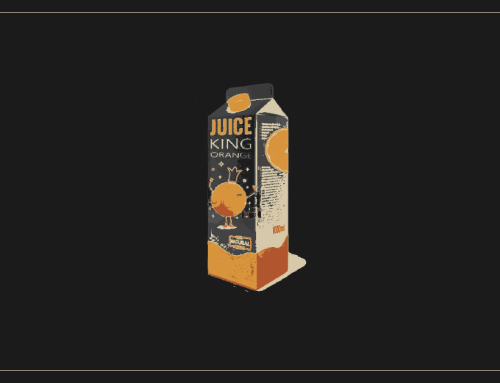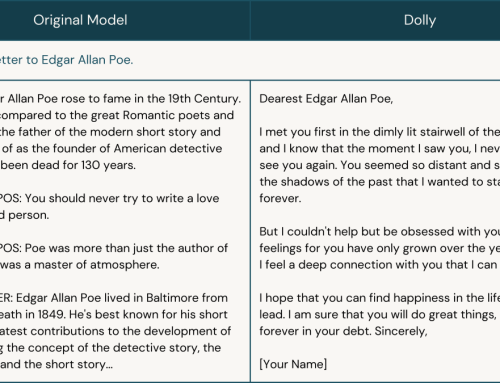Search Claire’s name online and this is some of what you will find: photos of her as a child, merchandise with her face on it available for sale, and a YouTube channel with millions of subscribers and hundreds of videos featuring Claire and members of her family. In the videos, Claire grows from a toddler to a teenager. On Instagram, fans comment they miss videos from the old days. In public, people sometimes recognize her and ask for photos. Altogether, the family’s YouTube channel has over a billion views but if it were up to Claire, none of the videos would exist.
For Gen-Z, social media has always been a given. Many consider the first social networking site launched in 1997, the same year that Pew Research marks as the beginning of Generation Z. It’s commonplace for young people of this generation to have their triumphs and travails documented on the Internet, with a digital footprint that follows them from platform to platform over the years. But for some young people, their parents shared more than evidence of an elementary school Spelling Bee win or a smiling photo of their first day in college. Instead, the intimate details of their lives, from videos of them as crying children to footage of a parent disciplining them – are shared and sometimes monetized without their explicit consent.
Claire, whose name has been changed to protect her privacy, has never known a life that doesn’t include a camera being pointed in her direction. The first time she went viral, she was a toddler. When the family’s channel started to rake in the views, Claire says both her parents left their jobs because the revenue from the YouTube channel was enough to support the family and to land them a nicer house and new car. “That’s not fair that I have to support everyone,” she said. “I try not to be resentful but I kind of [am].” Once, she told her dad she didn’t want to do YouTube videos anymore and he told her they would have to move out of their house and her parents would have to go back to work, leaving no money for “nice things.”
When the family is together, the YouTube channel is what they talk about. Claire says her father has told her he may be her father, but he’s also her boss. “It’s a lot of pressure,” she said. When Claire turns 18 and can move out on her own, she’s considering going no-contact with her parents. Once she doesn’t live with them anymore, she plans to speak out publicly about being the star of a YouTube channel. She’ll even use her real name. Claire wants people to know how her childhood was overshadowed by social media stardom that she didn’t choose. And she wants her parents to know: “nothing they do now is going to take back the years of work I had to put in.”
Though Claire’s parents tell her they’re saving part of the money for her college, she doesn’t know how much and there is no law protecting the earnings of children who are influencers. The lack of labor laws for child influencers is an example of the law lagging behind the culture. Activists and lawmakers are pushing for protections for the privacy and earnings of children of influencers in states like Washington, where a proposed bill that is currently stalled in the Washington State House would ensure similar protections that California’s Coogan Law gives child actors. Under the Coogan Law, 15% of minors’ earnings must be set aside by the employer in a blocked trust but there are no similar protections for child influencers.








Leave A Comment